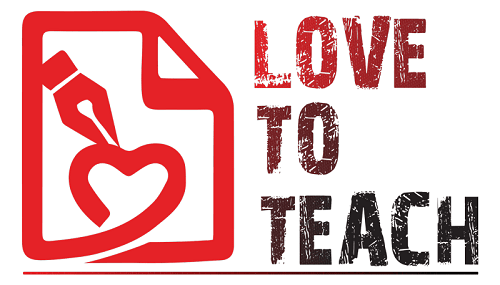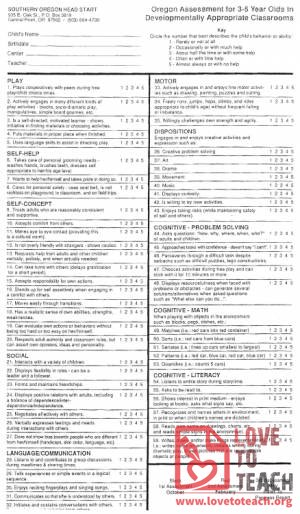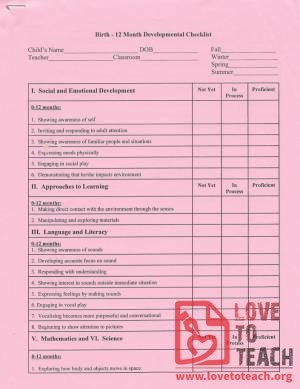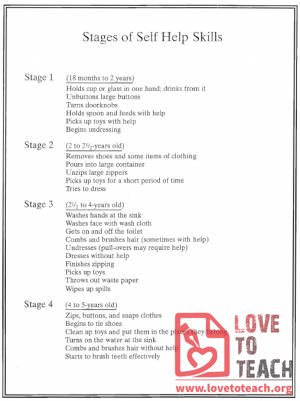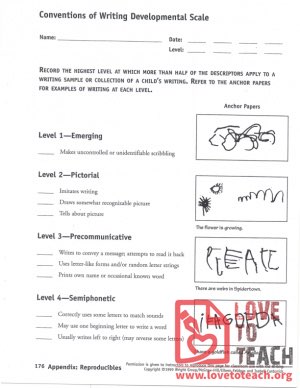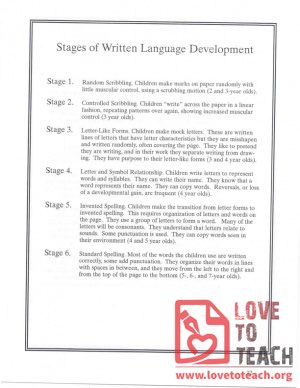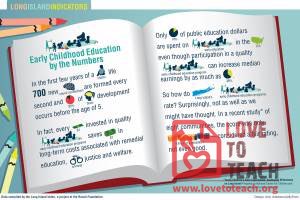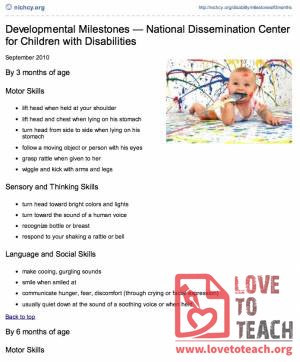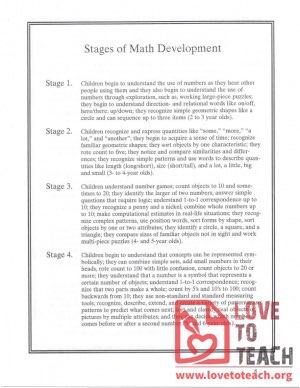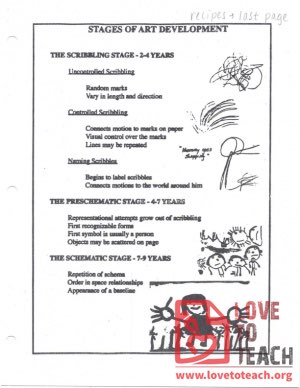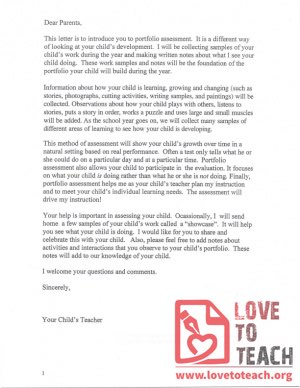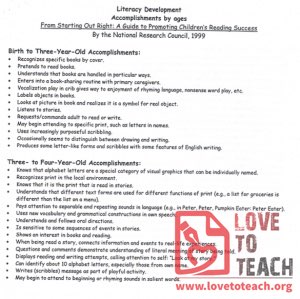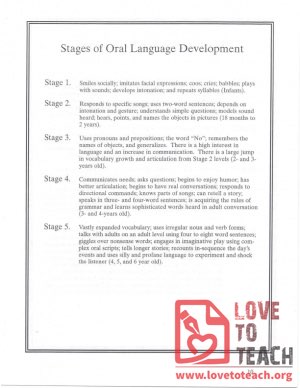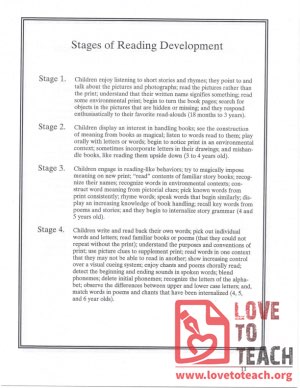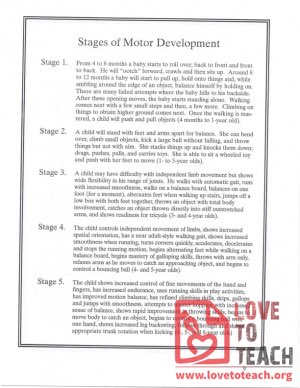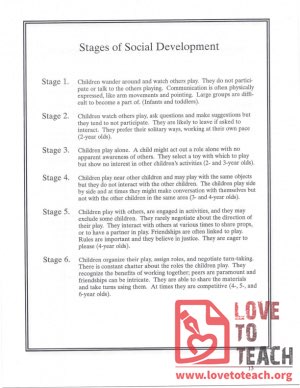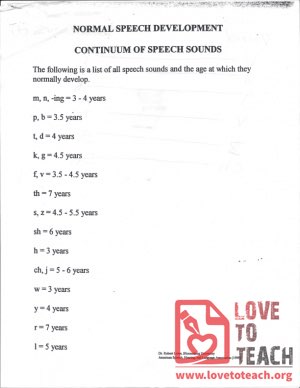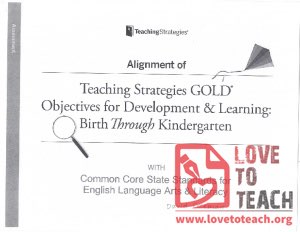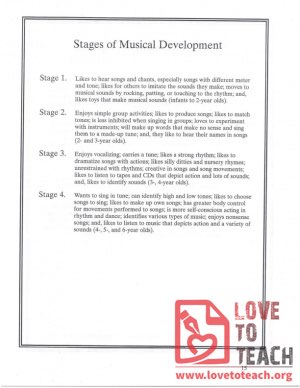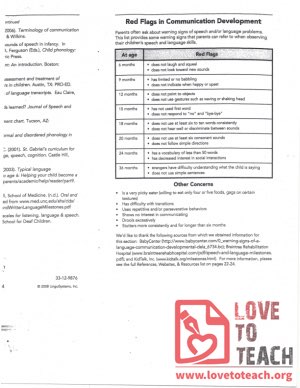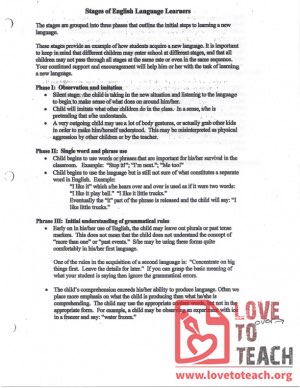Stages of Development
Use this form to analyze a child's abilities in the following areas: play, self-help, self-concept, social, language/communication, motor, dispositions, problem solving, math, and literacy.
Includes four different sets of checklists: Infant, Toddler, Young Child, Preschool. Empower yourself as your child's first teacher!
18 months through 5 years. Print these as a handy reference to monitor your child's development!
Record the highest level at which more than half of the descriptors apply to a writing sample or collection of a child's writing. Refer to the anchor papers for examples of writing at each level. (Emerging, Pictorial, Precommunicative, Semiphonetic)
Stages of Writing & Language Development:
Stage 1. Random Scribbling.
Children make marks on paper randomly with little muscular control, using a scrubbing motion (2 and 3-year olds).
Stage 2. Controlled Scribbling.
Children "write" across the paper in a linear fashion, repeating patterns over again, showing increased muscular control (3 year olds).
Stage 3. Letter-Like Forms.
Children make mock letters. These are written lines of letters that have letter characteristics but they are misshapen and written randomly, often covering the page. They like to pretend they are writing, and in their work they separate writing from drawing. They have purpose to their letter-like forms (3 and 4 year olds).
Stage 4. Letter and Symbol Relationship.
Children write letters to represent words and syllables. They can write their name. They know that a word represents their name. They can copy words. Reversals, or loss of a developmental gain, are frequent (4 year olds).
Stage 5. Invented Spelling.
Children make the transition from letter forms to invented spelling. This requires organization of letters and words on the page. They use a group of l~tters to form a word. Many of the letters will be consonants. They understand that letters relate to sounds. Some punctuation is used. They can copy words seen in their environment (4 and 5 year olds).
Stage 6. Standard Spelling.
Most of the words the children use are written correctly, some add punctuation. They organize their words in lines with spaces in between, and they move from the left to the right and from the top of the page to the bottom (5-, 6-, and 7-year olds). Revising and editing.
In these tough economic times, we should be investing in Early Childhood Education!
Short and sweet list. Includes developmental milestones for 3 months, 6 months, and 12 months of age.
Areas of develoment include motor skills, sensory/thinking skills, and language/social skills.
Stages of Math Development: Guide for parents
Scribbling Stage
Preschematic Stage
Schematic Stage
Child Development Assessment for Parents is a document laying out the process of assessing a child's development. It has different assessment activities as well as detailed information on the process.
Four pages of general accomplishments related to a child's literacy success. First two pages are broken down by age; last two pages break down writing and reading development into stages of skill.
For parents: Stages of oral language development
For parents: stages of reading development
For parents: stages of motor development
For parents: stages of social development
The following is a list of all speech sounds and the age at which they normally develop.
Teaching strategies and objectives
For parents: stages of musical development
Parents often ask about warning signs of speed and/or language problems. This list provides some warning signs that parents can refer to when observing their children's speech and language skills.
The stages are grouped into three phases: Observation and imitation, single word and phrase use, and initial understanding of grammatical rules
